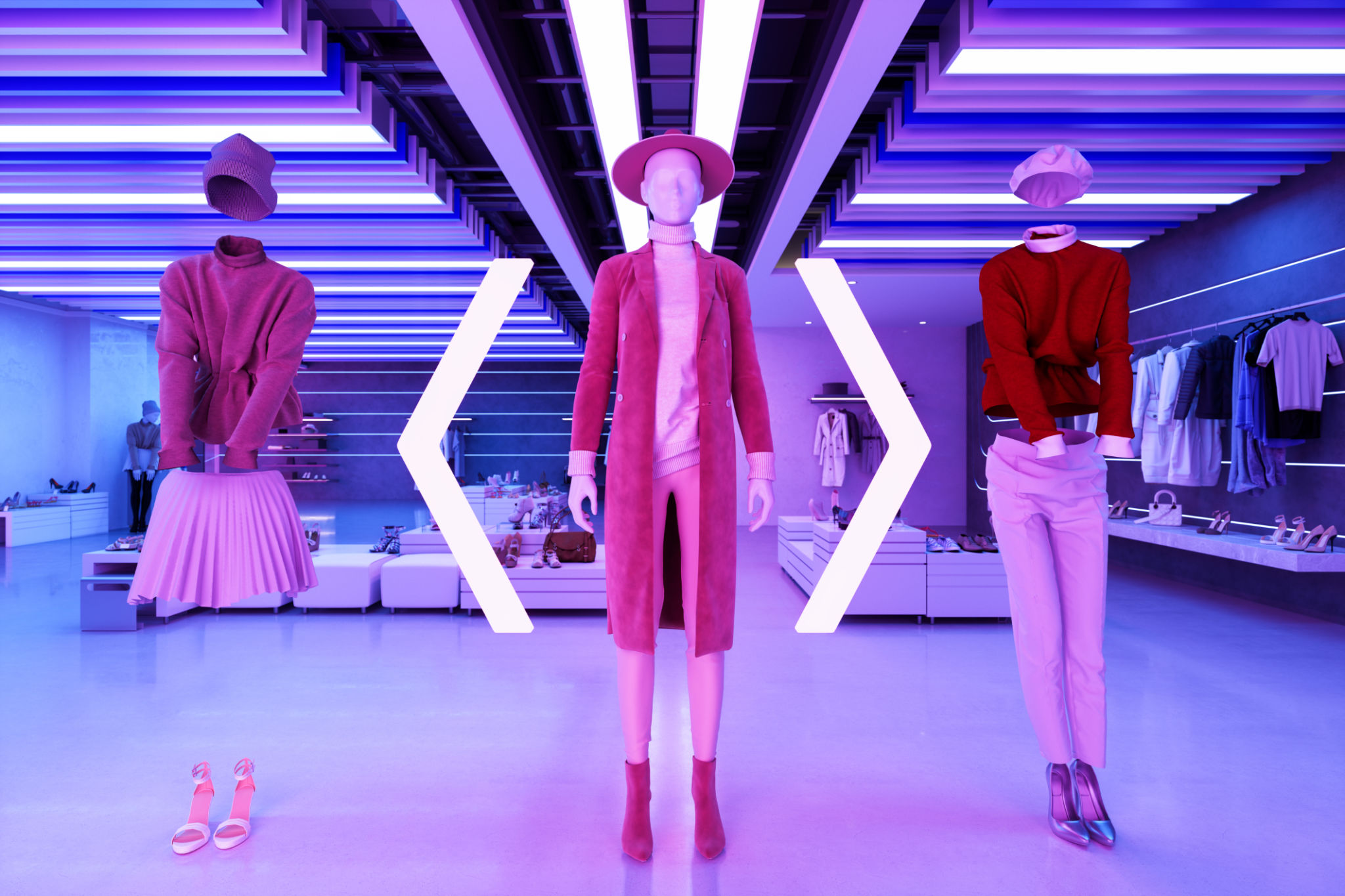How AI is Revolutionizing Design Strategy: Insights and Applications
Understanding the Role of AI in Design
The integration of Artificial Intelligence (AI) into design strategy has opened a new frontier of possibilities. By leveraging AI, designers can now create more personalized, efficient, and innovative design solutions. This technological advancement is reshaping how we approach design, enabling faster and more accurate outcomes.

AI enhances design by automating repetitive tasks, allowing designers to focus on more creative and strategic aspects. Through machine learning algorithms and data analysis, AI can provide insights that help tailor designs to meet specific user needs effectively. This not only improves the user experience but also accelerates the design process.
AI-Driven Design Tools
A significant development in this area is the emergence of AI-driven design tools. These tools use advanced algorithms to analyze user behavior and preferences, enabling designers to create more engaging and intuitive interfaces. For instance, platforms like Adobe Sensei and Canva's Magic Resize use AI to automate design adjustments and optimize layouts.
Such tools can also generate design variations, providing designers with a broad spectrum of options to choose from. This ability to quickly iterate and test different designs leads to more innovative solutions and a more efficient design process overall.

Personalization and User Experience
One of the most transformative impacts of AI in design strategy is its ability to personalize user experiences. By analyzing customer data and behavior patterns, AI can help create tailor-made designs that cater specifically to individual preferences. This level of personalization fosters stronger connections between brands and their audiences.
For example, AI can adapt website layouts based on user interactions, ensuring that each visitor receives a unique experience that resonates with them. This adaptability not only enhances user satisfaction but also drives engagement and conversions.
Enhancing Creativity Through AI
Contrary to the fear that AI might stifle creativity, it actually enhances it by offering new ways to explore creative solutions. AI can generate ideas by analyzing vast amounts of data and identifying patterns that might not be immediately apparent to human designers. This collaboration between human creativity and machine intelligence leads to innovative outcomes.

Moreover, AI can assist in overcoming creative blocks by providing inspiration and suggestions based on previous successful designs. This helps designers push the boundaries of traditional design thinking and explore uncharted territories.
Challenges and Ethical Considerations
While AI offers many advantages, it also presents challenges that must be addressed. One concern is the ethical use of AI in design, particularly regarding data privacy and algorithmic bias. Designers must ensure that AI systems are transparent and that user data is handled responsibly.
Additionally, there is a need for ongoing education and adaptation as AI evolves. Designers must stay informed about the latest AI developments to make the most of these technologies while maintaining ethical standards.
The Future of Design Strategy
The future of design strategy is undoubtedly intertwined with AI. As technology continues to advance, the possibilities for innovation in design are endless. By embracing AI, designers can create more meaningful, impactful, and efficient solutions that not only meet current demands but also anticipate future trends.
In conclusion, AI is revolutionizing design strategy by offering unprecedented opportunities for personalization, efficiency, and creativity. As we continue to explore its potential, the collaboration between human ingenuity and artificial intelligence will shape the future of design in exciting and transformative ways.
